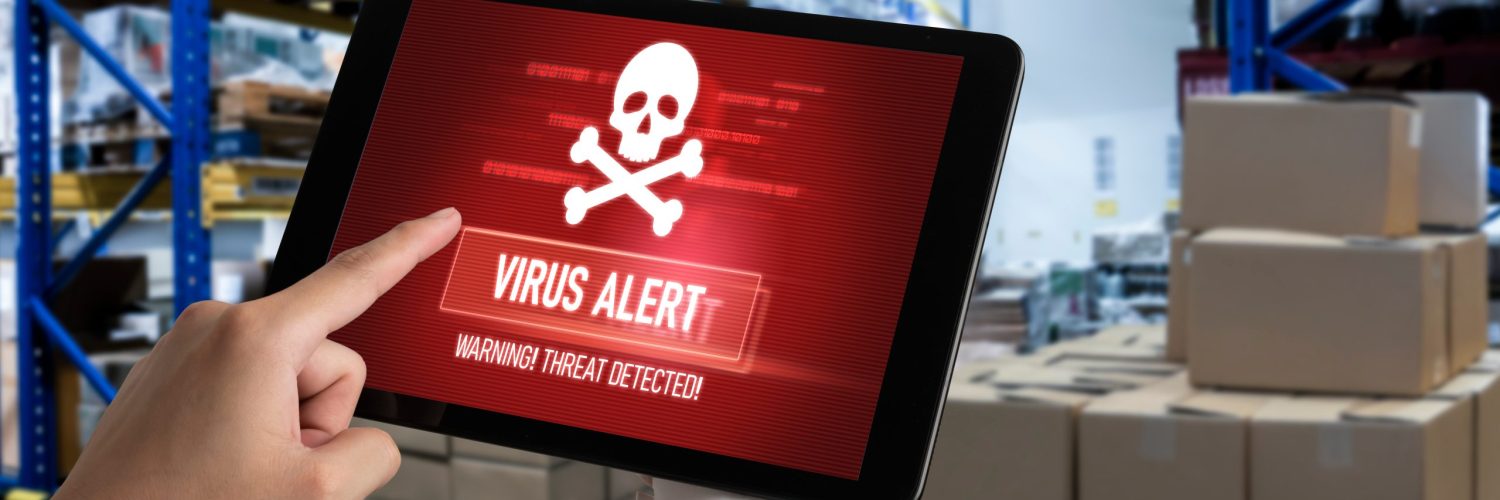The complexity of supply chains makes them a prime target for cyber attacks. From vendors to manufacturers to logistics partners, each link in the supply chain presents a potential entry point for cyber criminals. As a result, securing your supply chain is critical to safeguarding sensitive data, maintaining operational efficiency, and protecting your business reputation. But how do you choose the right supply chain cyber security software for your organisation?
This guide will walk you through essential factors to consider before choosing a cyber security software platform to ensure your supply chain is secure from evolving cyber threats.
1 – Assess the Suppliers That Have the Biggest Impact, if They Have a Breach That Affects You
By assessing suppliers’ impact if they have a breach, you can identify critical suppliers and proactively manage these risks, helping to reduce the impact of a breach, identify which assets they have access to or support and ensure continuous operations even if a disruption occurs.
The insights gained from a TPRM platform like Azanzi, that allows suppliers to be ranked by impact, empowers companies to make strategic choices that enhance operational efficiency, resilience, and sustainability, ultimately leading to stronger business performance.
2 – Understand Your Supply Chain Vulnerabilities
Before diving into specific tools or supply chain security platforms, it’s essential to understand the unique vulnerabilities within your supply chain. Each business is different, and cyber threats can come from various sources, including third-party vendors, software applications, or insufficient data encryption. Perform a risk assessment that identifies:
- The higher impact suppliers
- The weakest links in your supply chain.
- Third-party risks, especially from suppliers with insufficient security protocols.
- Compliance requirements related to your industry, such as ISO/IEC 27001, NIST, or GDPR.
Understanding your weak points will allow you to choose supply chain cyber security software that targets these specific areas and provides adequate protection.
3 – Look for Comprehensive Threat Prevention
The right supply chain cyber security software should provide comprehensive threat prevention capabilities by allowing for pro-active, continuous monitoring. It’s not enough to simply react to a security breach — modern solutions must proactively identify and mitigate potential threats before they cause damage. Look for tools that offer features like continuous monitoring. Constant and regular monitoring of your supply chain network can detect security gaps and prevent breaches before they happen.
4 – Ensure Third-Party Vendor Management Integration
One of the biggest challenges in supply chain cyber security is managing third-party vendors. The more suppliers or partners you have, the more complex your supply chain becomes — and the more opportunities exist for a cyber attack. Many recent breaches, such as the notorious SolarWinds attack, highlight how vulnerabilities from third-party vendors can cascade throughout an entire supply chain.
Choose supply chain cyber security software that includes third-party risk management. These features should:
- Evaluate and monitor the cyber security protocols of your suppliers.
- Automatically flag vendors with insufficient security measures.
- Provide real-time visibility into your vendor network and their security statuses.
Managing third-party risks is critical to ensuring that every partner in your supply chain follows strict cyber security protocols, reducing vulnerabilities across the board.
5 – Ensure Scalability and Flexibility
Your supply chain is not static — it evolves as your business grows, new vendors are added, and markets shift. Therefore, the supply chain cyber security software you choose must be scalable and flexible enough to adapt to these changes.
Choose a solution that:
- Can easily integrate with your existing supply chain management tools.
- Allows for seamless expansion as your network of suppliers or partners grows.
- Offers modular features, so you can add additional security protocols as your needs evolve.
Scalable solutions ensure that your cyber security strategy grows alongside your business, ensuring long-term protection.
6 – Look for Compliance Management Tools
Many industries are subject to strict compliance regulations when it comes to data protection and cyber security. Failure to comply with these regulations can result in hefty fines and damage to your brand reputation. Ensure that the supply chain cyber security software you choose provides compliance management tools that:
- Automatically generate compliance reports.
- Monitor your supply chain’s adherence to industry standards.
- Ensure that third-party vendors are also compliant.
Compliance management features can help you avoid costly penalties and build trust with your customers and partners.
7 – Evaluate User Experience and Support
Finally, don’t overlook the importance of user experience and support when selecting supply chain cyber security software. An intuitive interface can make it easier for your IT team to monitor and respond to threats and for your suppliers to respond and use, while strong customer support ensures that any issues can be resolved quickly.
Look for a solution that:
- Is easy and intuitive to use
- Offers comprehensive training resources and documentation.
- Provides 24/7 customer support, ideally with dedicated account managers.
- Includes easy-to-use dashboards that offer clear visibility into your supply chain’s security status.
A positive user experience ensures that your team and your suppliers can fully leverage the capabilities of the cybersecurity software to protect your business.
Choosing the right supply chain cyber security software is an investment in the long-term health and security of your business. By understanding your vulnerabilities, prioritising threat detection, managing third-party risks, and ensuring scalability, you can select a solution that effectively protects your supply chain from cyber threats. As cyber attacks on supply chains become more sophisticated, having the right software in place is no longer optional — it’s a business imperative.
To understand more about Azanzi TPRM and how it can support your supply chain management, get in touch for a chat.
